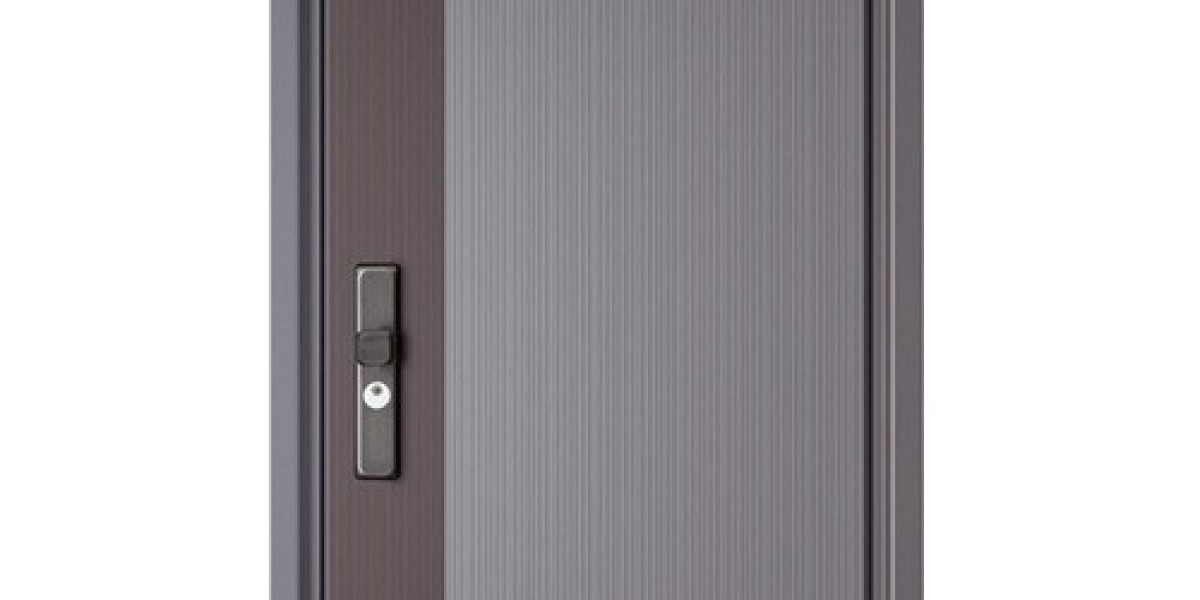When selecting plastic inspection covers for a specific application, there are several factors that users should consider to ensure the product meets their requirements. While plastic inspection covers offer many advantages, selecting the right cover for a particular job involves understanding the conditions in which the cover will be used, as well as the functional and safety needs of the system.
One of the primary factors to consider is the environmental conditions where the plastic inspection cover will be installed. Some plastic materials are more resistant to UV radiation, chemicals, or extreme temperatures than others, which can affect the longevity and performance of the cover. For example, covers made from UV-resistant plastics, such as polycarbonate, are ideal for outdoor applications where exposure to sunlight could cause degradation in other materials. Similarly, for installations in areas with high chemical exposure, selecting a plastic that offers resistance to corrosion or chemical reactions is essential for maintaining the integrity of the cover and the system it protects.
Another important consideration is the level of sealing required for the application. Plastic inspection covers are often used to provide access to systems that need to remain sealed, such as electrical enclosures or water-tight plumbing systems. Depending on the application, a cover with an integrated gasket or seal may be necessary to prevent moisture, dust, or other contaminants from entering the system. Users should ensure that the inspection cover has the appropriate sealing mechanism to maintain the required level of protection.
The size and fit of the plastic inspection cover are also key factors to consider. These covers are available in a variety of sizes and shapes to accommodate different types of systems, from small electronic devices to large industrial machines. It is crucial for users to measure the access point properly and choose a cover that fits securely and aligns with the intended use. An ill-fitting cover can compromise the safety and functionality of the system, making it more difficult to inspect or repair.
Lastly, users should consider the ease of installation and maintenance. Plastic inspection covers are often chosen for their lightweight nature and ease of handling, which can reduce installation time and labor costs. Some covers may feature hinges, latches, or locking mechanisms that make them easier to access during maintenance. Users should choose covers that align with the operational workflow and ensure that the system can be easily accessed when necessary.
In conclusion, selecting the right plastic inspection cover involves evaluating environmental conditions, sealing requirements, fit, and ease of maintenance. By taking these factors into account, users can ensure that the cover chosen will provide the necessary protection and functionality for their system while also being easy to maintain and service.



